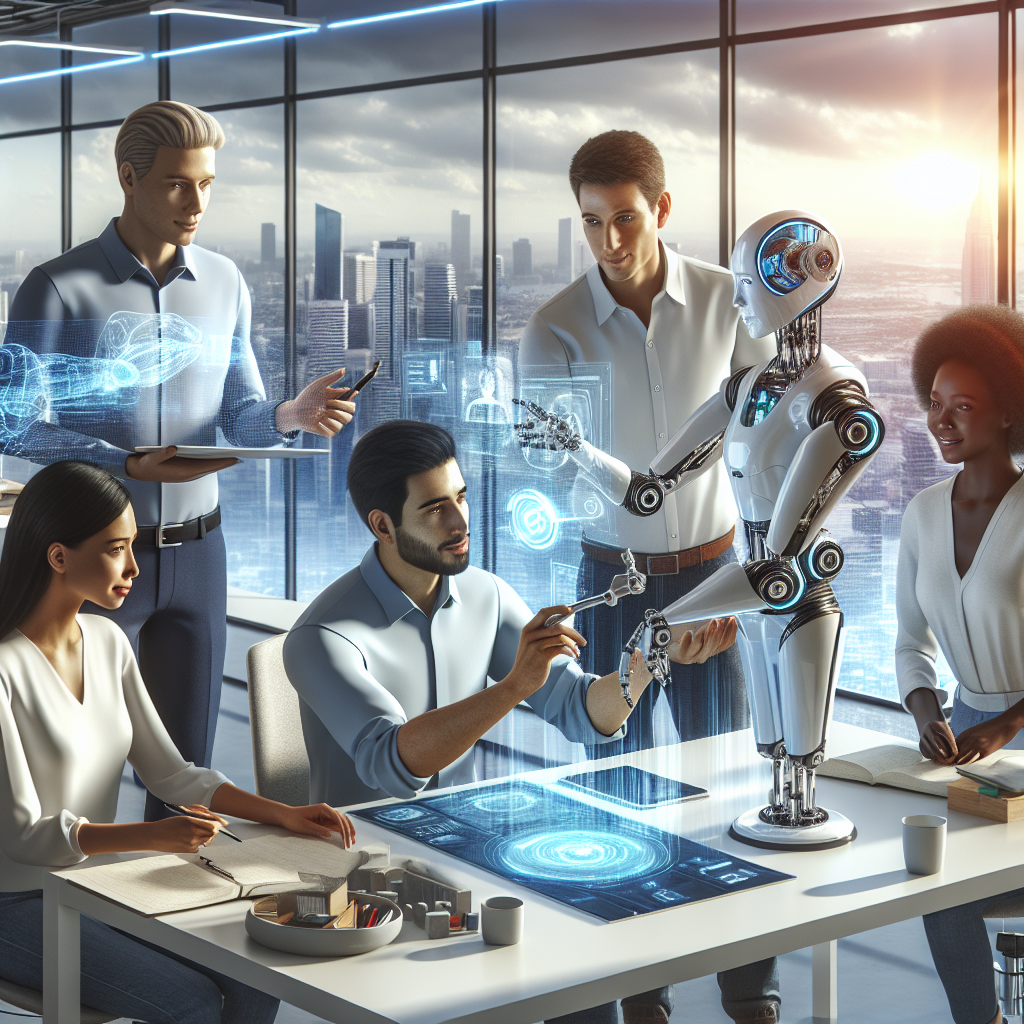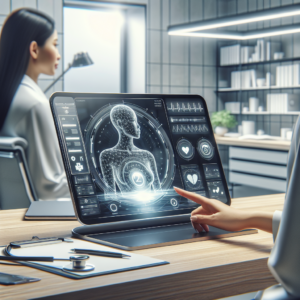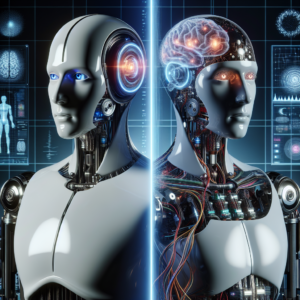Opinion | AI Can Work for Us
The Promise of Artificial Intelligence
In recent years, artificial intelligence (AI) has transitioned from a theoretical concept to a powerful tool that can enhance our daily lives and improve various aspects of society. As AI continues to evolve, it presents both opportunities and challenges that we must navigate. The question is not whether AI can work for us, but how we can best leverage its capabilities to create a better world.
AI has the potential to transform industries, streamline processes, and unlock new avenues for innovation. From healthcare to transportation, AI applications are already making significant impacts. For instance, in healthcare, AI algorithms are being used to analyze medical images with greater accuracy, aiding in early diagnosis and treatment planning. This capability not only improves patient outcomes but also reduces costs for healthcare systems.
Embracing AI for Economic Growth
One of the primary benefits of integrating AI into our economy is its ability to drive productivity. By automating routine tasks and providing intelligent insights, AI allows workers to focus on more complex and creative endeavors. This shift can lead to the creation of high-value jobs that require human ingenuity and emotional intelligence—skills that machines cannot replicate.
Moreover, businesses leveraging AI can achieve significant competitive advantages. For example, AI-driven data analysis enables companies to make informed decisions based on consumer behavior and market trends. This agility can be a game changer in fast-paced industries, positioning companies to respond quickly to changes in demand and customer preferences.
However, this transformation is not without its challenges. As AI takes over more tasks traditionally performed by humans, there are legitimate concerns about job displacement. While some roles may become obsolete, history shows that technological advancements often lead to the creation of new jobs. The key lies in fostering a workforce that is adaptable and equipped with the skills necessary to thrive in an AI-driven landscape.
Building a Collaborative Relationship with AI
Rather than viewing AI as a threat, we should conceptualize it as a partner in our endeavors. The most effective applications of AI are those that augment human capabilities rather than replace them. For instance, in creative fields, AI can serve as a collaborative tool that enhances the brainstorming process, offering new ideas and perspectives that can inspire human creativity.
Education plays a crucial role in this collaboration. As we integrate AI into various sectors, we must prioritize teaching skills that complement AI technologies. This includes not only technical skills but also critical thinking, problem-solving, and interpersonal communication. By doing so, we can prepare future generations for a workforce that coexists with AI, ensuring they are equipped to harness its potential fully.
Navigating the Ethical Implications
As we embrace AI, it’s essential to address the ethical implications that accompany its implementation. The power of AI comes with responsibilities, particularly regarding data privacy, algorithmic bias, and accountability. We must ensure that AI systems are designed and deployed in a manner that is transparent and fair, considering the potential consequences of their decisions.
For instance, AI algorithms trained on biased data can perpetuate inequality and discrimination. To combat this, developers must adopt best practices in data collection and model training, ensuring diverse datasets are used to minimize bias. Furthermore, establishing regulatory frameworks that govern AI development and deployment can foster trust and accountability in these technologies.
Engaging diverse stakeholders, including ethicists, technologists, and community members, can enhance our understanding of the societal implications of AI. By including varied perspectives in the conversation, we can develop AI solutions that are not only innovative but also socially responsible.
Fostering Innovation through Collaboration
The journey toward an AI-enabled future is not a solitary endeavor. Collaboration across industries, sectors, and borders will be crucial in realizing the full potential of AI. Tech companies, academic institutions, and public organizations must join forces to foster innovation and ensure the equitable distribution of AI benefits.
Investing in research and development is vital for pushing the boundaries of what AI can achieve. Public-private partnerships can drive advancements in AI, enabling us to tackle complex challenges—from climate change to public health crises. By pooling resources and expertise, we can accelerate progress and create solutions that benefit society as a whole.
Moreover, creating accessible platforms for knowledge sharing and collaboration can empower innovators and entrepreneurs, especially in underserved communities. By democratizing access to AI resources and education, we can cultivate a diverse talent pool that reflects the varied experiences and perspectives of our global society.
Conclusion: A Future Driven by AI
The integration of AI into our lives presents a myriad of possibilities. By embracing this technology as a partner, we can unlock new levels of efficiency, creativity, and innovation. However, our approach must be intentional and inclusive, focusing on ethical considerations and the workforce implications of AI.
As we navigate this transformative landscape, we must remain vigilant in our efforts to shape AI in a way that aligns with our values and aspirations. The future of AI is not predetermined; it is a shared responsibility that requires collaboration, foresight, and dedication to the common good.
Ultimately, AI can work for us—not just as a tool but as a catalyst for positive change, driving us toward a more equitable and prosperous future. By approaching AI with optimism and a commitment to ethical practices, we can ensure that it becomes a force for good in our society.



